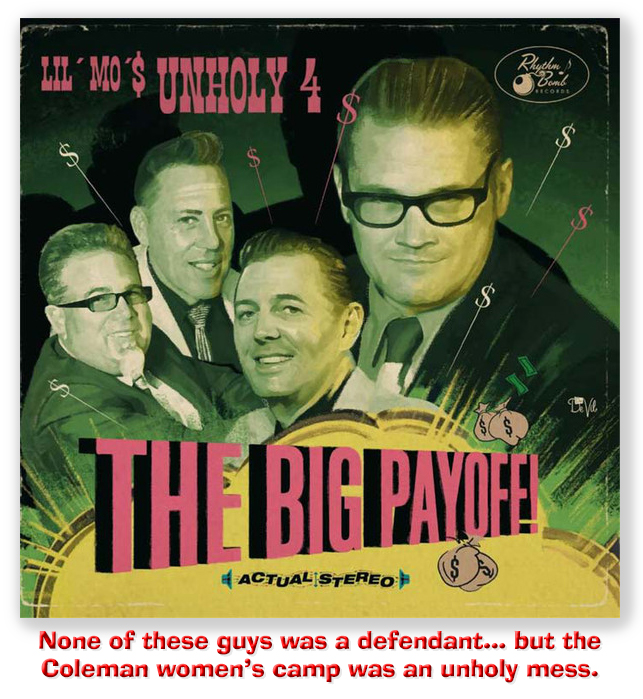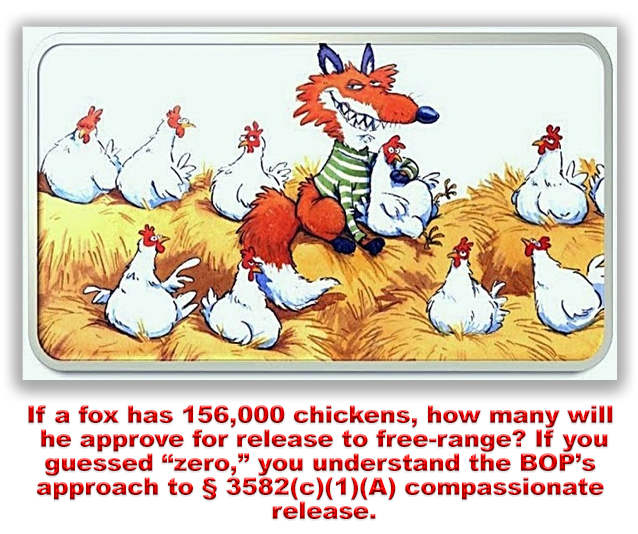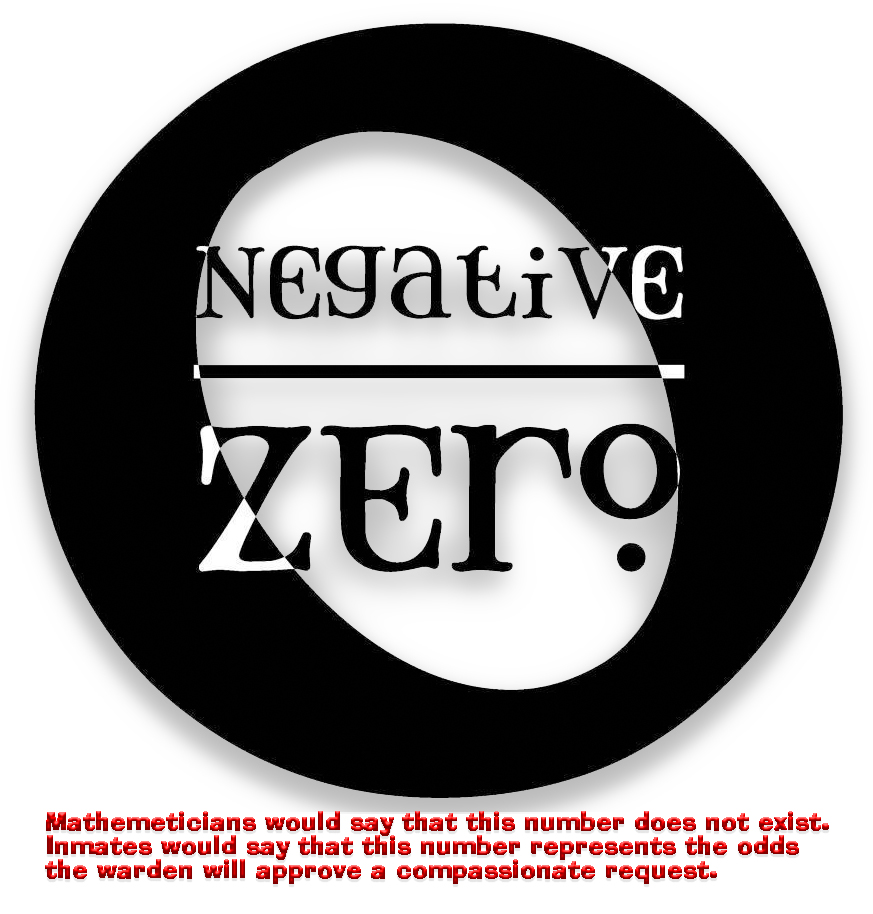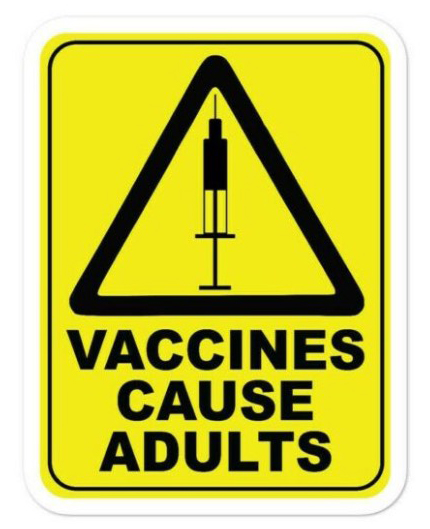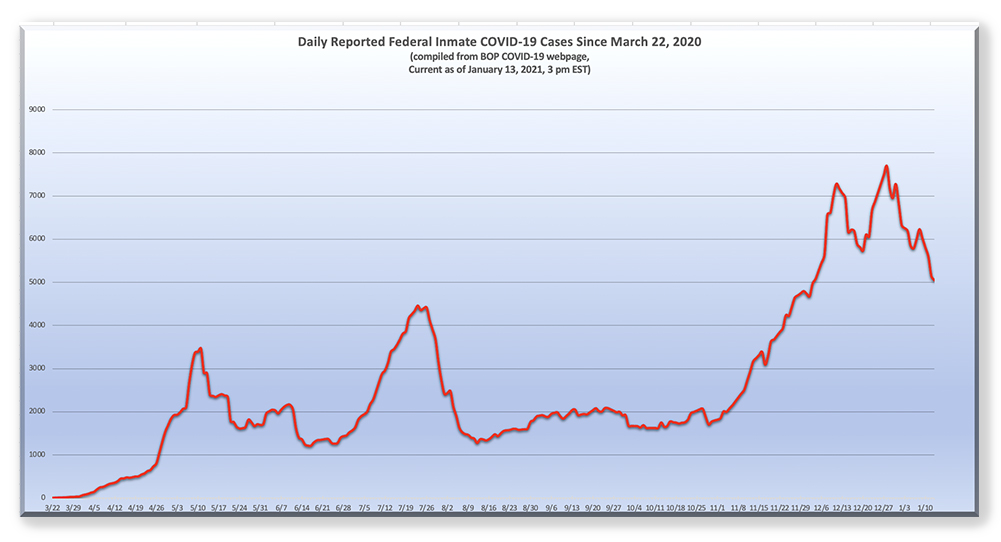We post news and comment on federal criminal justice issues, focused primarily on trial and post-conviction matters, legislative initiatives, and sentencing issues.

BIDEN DOJ AGREES CARES ACT REQUIRES HOME CONFINEES TO RETURN TO PRISON, BUT ALL IS NOT LOST
 In a dying gasp last January, Donald Trump’s Dept of Justice Office of Legal Counsel interpreted § 12003 of the CARES Act to mean that anyone sent to home confinement during COVID-19 had to return to prison a month after the official state of emergency for the pandemic ends, according to officials.
In a dying gasp last January, Donald Trump’s Dept of Justice Office of Legal Counsel interpreted § 12003 of the CARES Act to mean that anyone sent to home confinement during COVID-19 had to return to prison a month after the official state of emergency for the pandemic ends, according to officials.
Since taking office, President Biden’s administration has come under pressure from FAMM, other activists, and lawmakers – including Senate Judiciary Committee Richard Durbin (D-Illinois) and Sen Charles Grassley (R-Iowa) – to revoke the memo. But last week, The New York Times reported the Biden DOJ has concluded that the January memo correctly interpreted the law.
The COVID state of emergency is not expected to end this year, in part because of the rise of the Delta variant. “But the determination means that whenever it does end,” The Times said, “the department’s hands will be tied.”
The Times said several Administration officials “characterized the decision as an assessment of the best interpretation of the law, not a matter of policy preference.” But that didn’t slow the barrage of criticism.
 “We took President Biden at his word that he wanted to reduce mass incarceration, but this choice, to send thousands back to prison, would be doubling down on the worst parts of his legacy,” Holly Harris, president of Justice Action Network, said. “It’s time for President Biden to keep his promise, and keep these people home.” The Hill complained that “Biden and Attorney General Merrick Garland could have rescinded that policy.” Lauren-Brooke Eisen, director in the Brennan Center’s Justice Program, said, “No public interest is served in having this group of individuals reincarcerated.”
“We took President Biden at his word that he wanted to reduce mass incarceration, but this choice, to send thousands back to prison, would be doubling down on the worst parts of his legacy,” Holly Harris, president of Justice Action Network, said. “It’s time for President Biden to keep his promise, and keep these people home.” The Hill complained that “Biden and Attorney General Merrick Garland could have rescinded that policy.” Lauren-Brooke Eisen, director in the Brennan Center’s Justice Program, said, “No public interest is served in having this group of individuals reincarcerated.”
The Justice Action Network and the Brennan Center both noted that Biden campaigned heavily on criminal justice reform last year.
“On the campaign trail, President Biden vowed to take bold action to reduce our prison population, create a more just society, and make our communities safe. He said he believed in offering second chances,” Eisen said.
Forbes said, “The position of both administrations seems odd when the program has been such a success… Of the 20,000 on home detention (CARES Act plus those on home confinement because they were near the end of their prison term) there had only been 20 individuals returned to prison institutions as a result of violations. That’s a 99.9% success rate.”
 I think the critics are missing the point. The fact that the Biden DOJ thinks the prior OLC legal analysis of the CARES Act is solid has no effect on what policy the Administration will follow. If anything, the criticism Biden is taking over last week’s Times story makes it more likely than not that Biden or Congress will find some means of keeping CARES Act people on home confinement.
I think the critics are missing the point. The fact that the Biden DOJ thinks the prior OLC legal analysis of the CARES Act is solid has no effect on what policy the Administration will follow. If anything, the criticism Biden is taking over last week’s Times story makes it more likely than not that Biden or Congress will find some means of keeping CARES Act people on home confinement.
The New York Times, Biden Legal Team Decides Inmates Must Return to Prison After Covid Emergency (July 19, 2021)
The Hill, Biden administration criticized over report that it is not extending home confinement for prisoners (July 20, 2021)
Forbes, Biden Administration Signals That Federal Inmates On Home Detention Will Return To Prison (July 20, 2021)
The Crime Report, Prisoners Freed During COVID are ‘Twisting in the Wind,’ say Reformers (July 23, 2021)
– Thomas L. Root





